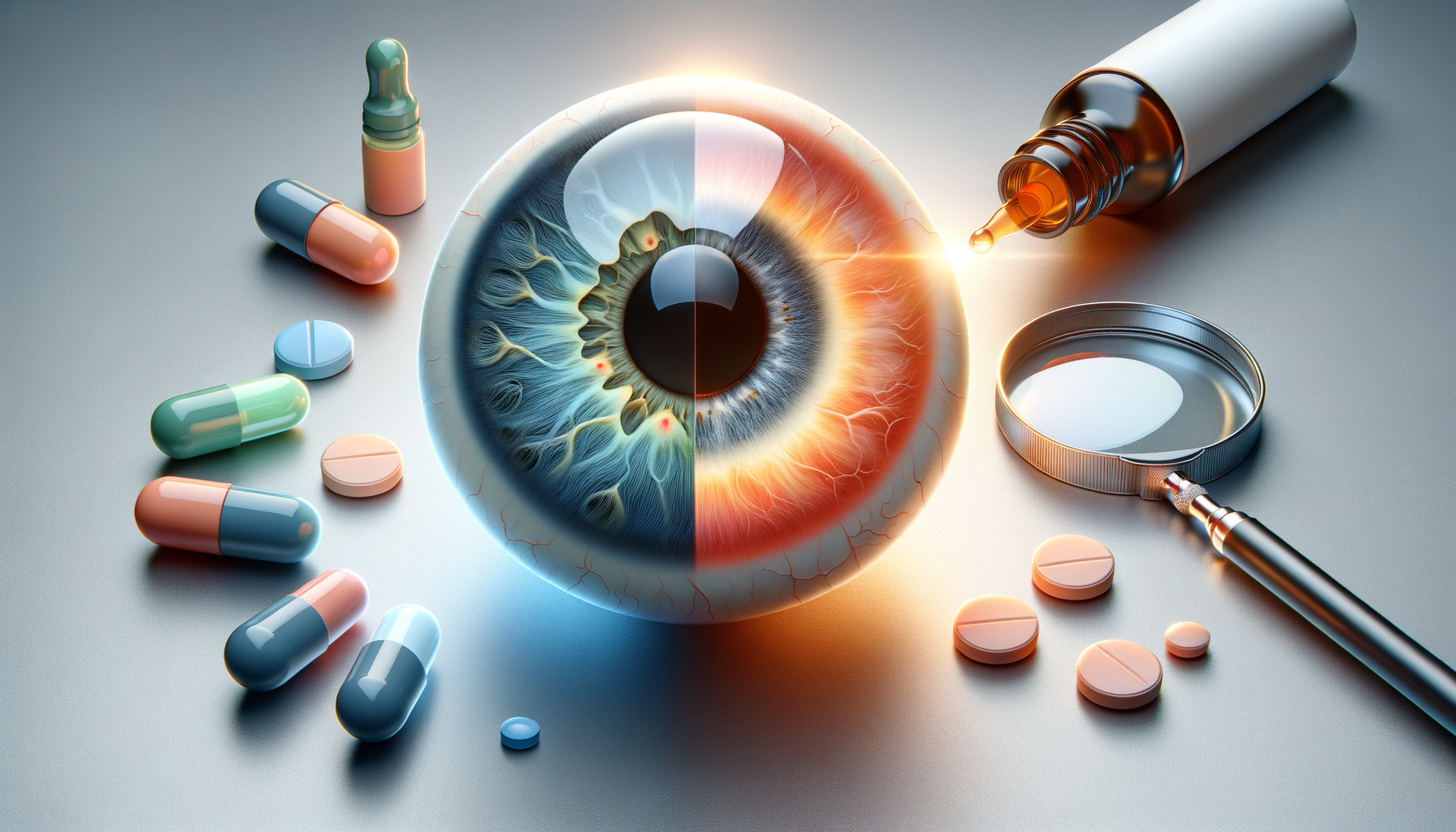
Wet AMD Treatment: Managing Age-Related Vision Loss
Understanding Wet AMD: A Brief Overview
Wet Age-related Macular Degeneration (AMD) is a chronic eye disorder that leads to blurred vision or a blind spot in your visual field. It is caused by abnormal blood vessels that leak fluid or blood into the macula, the part of the retina responsible for central vision. This condition is a leading cause of vision loss among people aged 50 and older. Understanding the nature of wet AMD is crucial for managing its impact on daily life. Although it is less common than the dry form of AMD, wet AMD progresses more rapidly and can lead to significant vision impairment if not treated promptly.
The symptoms of wet AMD often include visual distortions, reduced central vision, and difficulty recognizing faces. Regular eye exams are critical for early detection and management. The condition can significantly affect quality of life, making it difficult to perform tasks that require sharp vision, such as reading or driving. Thus, understanding the available treatments is vital for those diagnosed with this condition.
Available Treatments for Wet AMD
Treatment for wet AMD primarily focuses on stopping the growth of new blood vessels and reducing leakage from abnormal vessels. One of the most common approaches is the use of anti-VEGF (vascular endothelial growth factor) injections. These medications help reduce the growth of abnormal blood vessels and slow the progression of vision loss. Anti-VEGF treatments are typically administered through regular injections into the eye, which may sound daunting but are crucial for managing the condition effectively.
Another treatment option is photodynamic therapy, which involves the use of a light-sensitive drug that is activated by a laser to destroy abnormal blood vessels. Laser photocoagulation, though less common today, is another method that uses a laser to seal off leaking blood vessels. Each treatment has its own advantages and potential side effects, and the choice of treatment depends on the specific characteristics of the disease in each patient.
The Role of Lifestyle and Diet in Managing Wet AMD
While medical treatments are essential, lifestyle changes can also play a significant role in managing wet AMD. A diet rich in leafy greens, fish, and nuts can support eye health and potentially slow the progression of AMD. Omega-3 fatty acids, found in fish, and antioxidants, found in fruits and vegetables, are particularly beneficial. Additionally, maintaining a healthy weight, exercising regularly, and avoiding smoking are important lifestyle factors that can influence the progression of AMD.
Supplements specifically designed for eye health, such as those containing vitamins C and E, zinc, and lutein, may also be recommended by healthcare providers. These supplements are often based on the Age-Related Eye Disease Study (AREDS) formula, which has been shown to reduce the risk of AMD progression in some individuals.
Long-term Management and Monitoring of Wet AMD
Managing wet AMD is an ongoing process that requires regular monitoring and follow-up with an eye care professional. Regular eye exams allow for the early detection of changes in vision and the timely administration of treatments. Patients are often advised to monitor their vision at home using an Amsler grid, a simple tool that can help detect changes in central vision.
Adherence to treatment schedules is crucial. Missing appointments or delaying treatments can result in the progression of the disease and further vision loss. Patients should work closely with their healthcare providers to develop a personalized treatment plan that fits their needs and lifestyle.
Future Directions in Wet AMD Treatment
Research into new treatments for wet AMD is ongoing, with the goal of improving outcomes and reducing the burden of treatment. Gene therapy and stem cell research are promising areas that may offer new solutions in the future. These innovative approaches aim to address the underlying causes of wet AMD and restore vision more effectively.
Additionally, advancements in drug delivery systems, such as sustained-release implants, are being explored to reduce the frequency of injections and improve patient convenience. These developments hold the potential to transform the management of wet AMD, offering hope for better quality of life for those affected by this condition.


